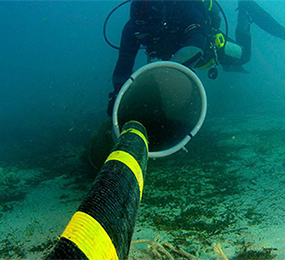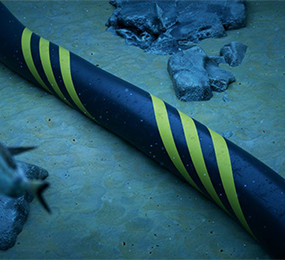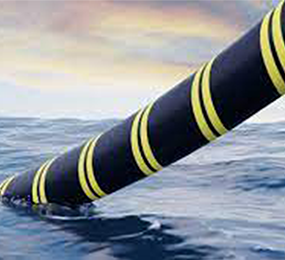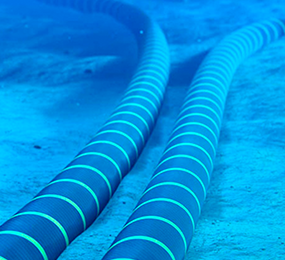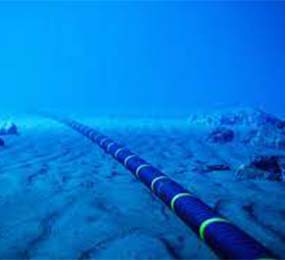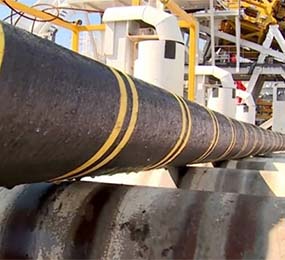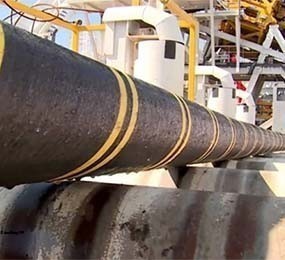The Economics of Submarine Power Cables: Cost Analysis and Investment Opportunities
Submarine power cables, vital conduits for energy transmission across vast water bodies, are experiencing a surge in demand. While they offer numerous advantages, including reduced land use and lower visual impact, their economic feasibility remains a critical consideration.
The cost of constructing and maintaining submarine power cables is substantial. Factors such as cable length, water depth, seabed conditions, and technological complexity significantly influence the overall expenditure. Additionally, the ongoing operational costs, including maintenance and repairs, need careful assessment. Despite these challenges, the potential returns on investment can be substantial. By enabling the integration of renewable energy sources, such as offshore wind farms, these cables can contribute to energy security and reduce reliance on fossil fuels. Moreover, they can facilitate electricity trade between regions, optimizing power grid utilization and potentially generating significant revenue.
To unlock the full economic potential of submarine power cables, a comprehensive cost-benefit analysis is essential. This should encompass not only the direct financial implications but also the broader economic impacts, including job creation, regional development, and environmental benefits. Furthermore, innovative financing models and government support can play a crucial role in mitigating investment risks and accelerating project deployment.
Visit our website to know more: https://www.leadventgrp.com/events/4th-annual-submarine-power-cable-and-interconnection-forum/details
For more information and group participation, contact us: [email protected]
Leadvent Group - Industry Leading Events for Business Leaders!
www.leadventgrp.com| [email protected]


